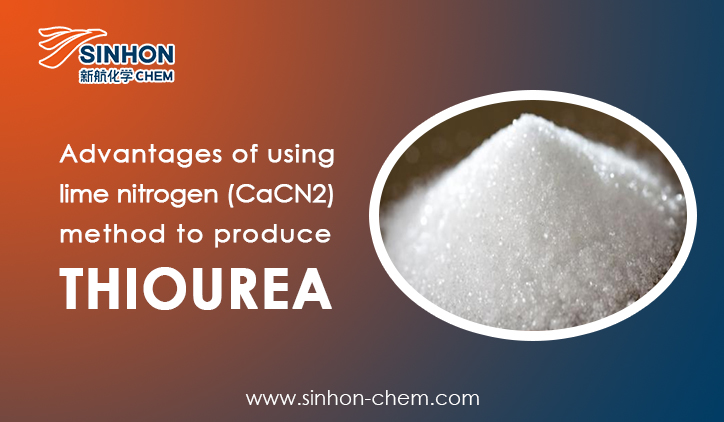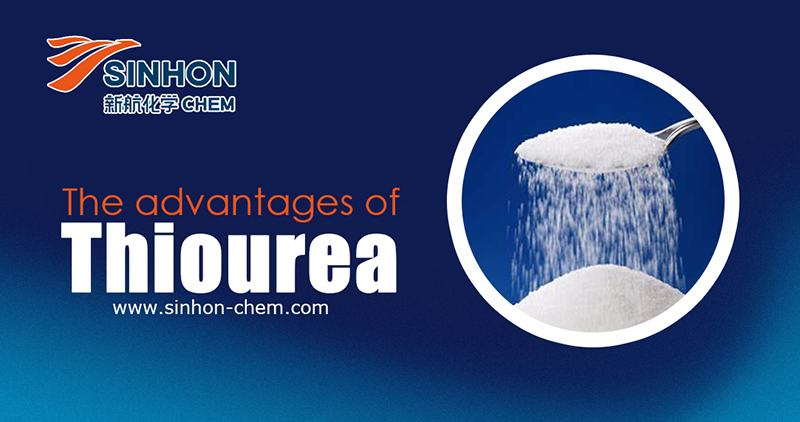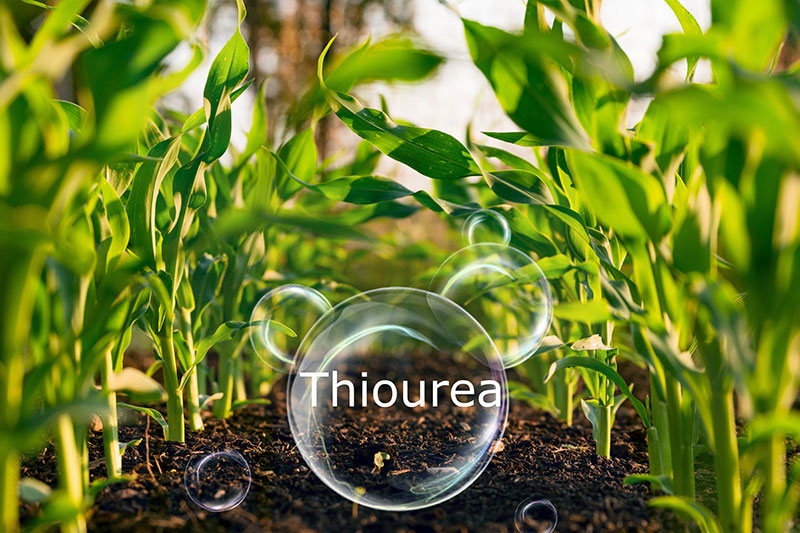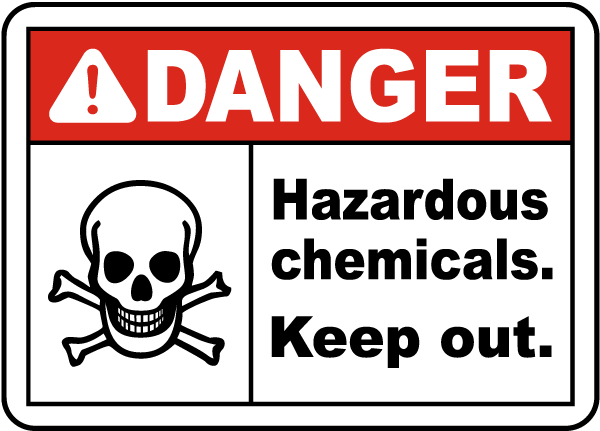
Thiourea, when applied to wheat crops, can have several effects, both positive and negative, depending on various factors such as concentration, timing of application, environmental conditions, and the genetic characteristics of the wheat cultivar. Here are some of the effects of thiourea on wheat:

There are three main production processes in the thiourea industry, one is the amine thiocyanate method, the other is the diazomethane method, and the third is the lime nitrogen method. At present, most manufacturers in China use the lime nitrogen method for production, and the ammonium thiocyanate method and the diazomethane method have been gradually phased out. The lime nitrogen method uses lime nitrogen and hydrogen sulfide gas to perform an absorption synthesis reaction in a synthesis kettle to obtain a thiourea solution. After the solution is filtered and slag removed three times, washed and purified, the solution is poured into a crystallization tank for cooling and crystallization. After solid-liquid separation, the crystals are dried using a three-legged centrifuge and then dried to obtain the finished product of thiourea.

Producing thiourea from lime nitrogen involves several steps and chemical reactions. Lime nitrogen typically refers to calcium cyanamide (CaNCN), which can be used as a starting material for thiourea synthesis. Here's a method for producing thiourea from calcium cyanamide:

Thiourea, a sulfur-containing compound, has several advantages and applications across various fields:

1. Plant Growth Regulation: Thiourea is known to regulate plant growth by influencing various physiological processes such as seed germination, root initiation, flowering, and fruiting. It can act as a growth promoter or inhibitor depending on the concentration and application method.

Yes, thiourea can be toxic if ingested, inhaled, or absorbed through the skin in significant amounts. It is a chemical compound that is commonly used in various industrial processes, such as in the production of pharmaceuticals, herbicides, and photographic materials.